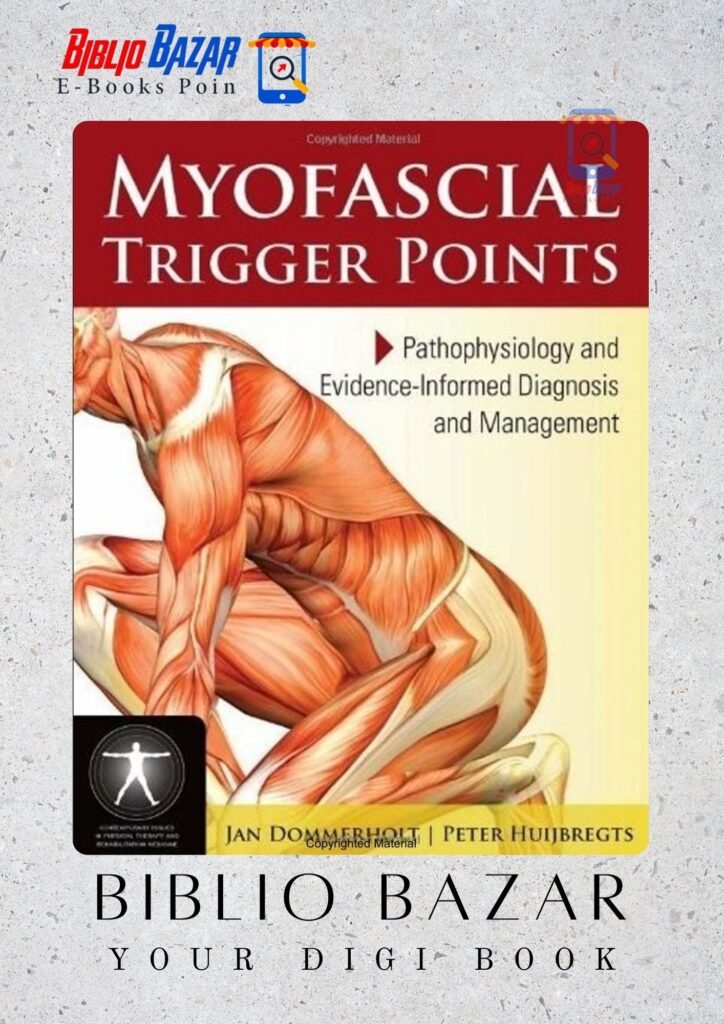
Understanding Myofascial Trigger Points
Myofascial trigger points are a common cause of musculoskeletal pain and dysfunction. These localized areas of muscle tightness and tenderness can cause a range of symptoms, including pain, stiffness, and limited range of motion. To effectively treat and manage trigger points, it is crucial to have a solid understanding of their pathophysiology and evidence-informed diagnosis.
Pathophysiology of Myofascial Trigger Points
The pathophysiology of myofascial trigger points involves the formation of taut bands within muscle fibers. These bands are thought to result from muscle overload, trauma, or sustained muscle contraction. Within these taut bands, there is a decrease in blood flow and oxygen supply, leading to the accumulation of metabolic waste products and the activation of pain receptors.

Trigger points can also refer pain to other areas of the body, causing what is known as referred pain. This phenomenon can make the diagnosis of trigger points challenging, as the source of pain may not be in the same location as the symptoms.
Evidence-Informed Diagnosis
An evidence-informed diagnosis of myofascial trigger points involves a thorough assessment of the patient’s history, physical examination, and response to treatment. Healthcare professionals trained in trigger point therapy can palpate the affected muscles to identify taut bands and tender points.

Diagnostic tools such as ultrasound or electromyography may also be used to confirm the presence of trigger points. Additionally, the use of pain maps and patient-reported outcome measures can help gather valuable information about the location and severity of symptoms.
By combining these diagnostic approaches with a comprehensive understanding of the pathophysiology of trigger points, healthcare professionals can provide targeted and effective treatment plans for their patients.

Book Review: “Myofascial Trigger Points: Pathophysiology and Evidence-Informed Diagnosis”
We invite you to view our book review on “Myofascial Trigger Points: Pathophysiology and Evidence-Informed Diagnosis.” This comprehensive guide offers a deep dive into the pathophysiology of trigger points and provides evidence-informed strategies for their diagnosis.
Written by leading experts in the field, this book is an invaluable resource for healthcare professionals, researchers, and students interested in understanding and effectively managing myofascial trigger points.
Join us in exploring the latest research and evidence-based approaches to diagnosing and treating trigger points. Click the link below to view the book review:
Discover more from Bibliobazar Digi Books
Subscribe to get the latest posts sent to your email.


